The question of remodeling an existing house to make it wheelchair accessible or building a new barrier-free house is a difficult decision. Here are some initial questions and considerations followed by a list of pros and cons for remodeling an existing house vs. building a new house.
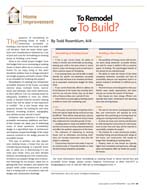
To print this story click here
What is my overall project budget? Does this budget limit me to renovating an existing house or does it allow me to construct a new home? Do we enjoy living in this area? Would the children have to change schools if we bought property and built a home? What is my timetable for finishing this project?
Remediation of existing non-wheelchair accessible features of the house, including exterior steps, multiple levels, narrow doors and hallways, and small bathrooms is often difficult. Can my existing house be adequately modified to meet my child’s needs or should I look for another existing house that will be easier or less expensive to modify? For a new house, what size property should I be looking for and what features, including location, topography and utilities access should it have?
Architects with experience in designing accessible renovations, additions, and barrier-free houses can assist you in answering many of these questions. Accessibility design is a specialized type of architecture and requires unique knowledge of the many nuances involved in the design process for accessible homes.
This type of architect can also inspect your existing house, a house that you are considering purchasing, or a specific home site, to assist you in determining if it can meet your needs. Once you have decided between remodeling and new construction, architects can prepare design and construction drawings for the project, assist you in getting bids from builders, and observe the project while under construction to verify that it is being built in accordance with the design and construction drawings.
Remodeling an Existing House
Pros
If this is your current home, the ability to remain in familiar and comfortable surroundings, keeping your child in the same school or school district, not having to pack up and move
In an existing home you will be able to easily identify the specific non-wheelchair accessible features that will have to be remedied and develop an associated construction budget for these items
If you cannot financially afford to address all of the features of the house that currently don’t work for you and your family, they can be dealt with as finances allow, over a period of time
Government or private agency funding may be available to assist with remodeling costs
Cons
If this is your current home, living there with a special needs child during construction may be difficult. There will be noise and dust, and you may be without the use of portions of your house (like a bathroom) for extended periods of time.
Installing exterior ramps and platform lifts on the front of a house can draw unwanted attention and affect the aesthetic appearance of the home.
The unknowns of renovating an existing house, such as unforeseen, pre-existing conditions, can increase construction costs once the project is underway.
Compromises may have to be made. It may not be architecturally or financially feasible to make the entire house wheelchair accessible.
Building a New House
Pros
The possibility of having a home with all exterior doors being wheelchair accessible without the need for ramps or platform lifts. The psychological benefit of this should not be underestimated.
The ability to make the interior of the home completely wheelchair accessible and have all accessibility features and equipment built-in or passive instead of retrofitted.
The entire house can be designed to meet your family’s exact needs, requirements and taste, and you can choose the location of the home.
New houses are more energy efficient and typically have lower maintenance and operating costs than existing houses.
Cons
The cost of a new home, including land, design fees, and construction will typically be more expensive than purchasing an existing house (or using your existing home) and remodeling it.
As there are many more choices and decisions to make during the construction of a new house, more of your time and input will be required to successfully complete the project.
The timeline for a new construction project, including finding and purchasing land, design of the house, and construction, will usually be longer than remodeling an existing home.
Property taxes on new houses are typically higher than remodeled existing houses, although some municipalities offer tax breaks for accessible houses.
For more information about remodeling an existing house, or barrier-free and accessible home design, please contact Adaptive Architecture at (845) 364-0337,info@adaparch.com, or visit their Web site at www.adaparch.com.

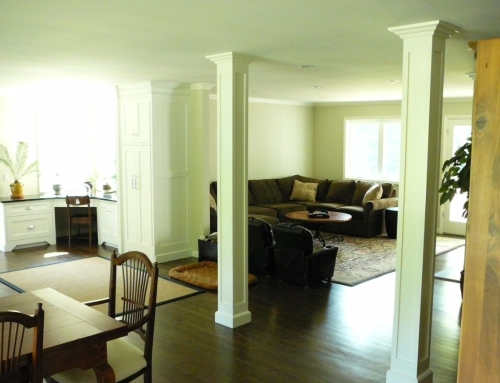
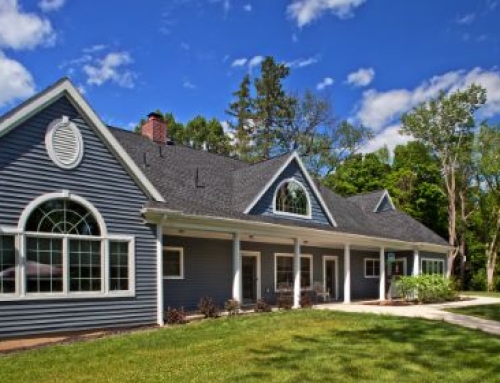
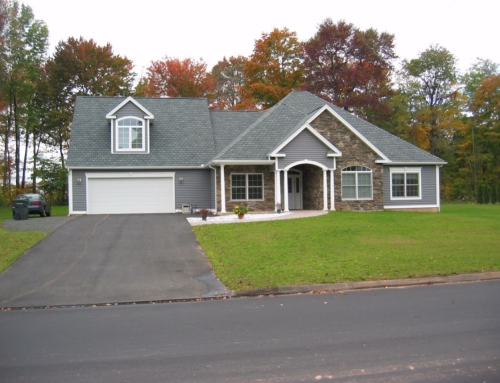
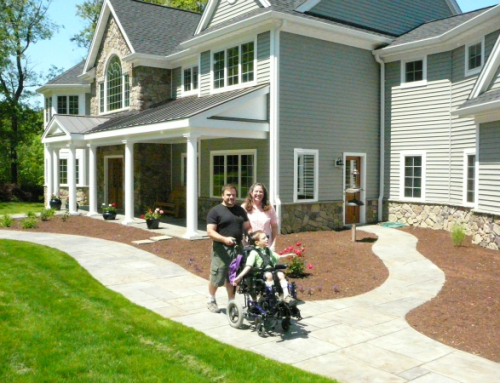
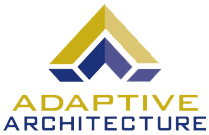
Leave A Comment